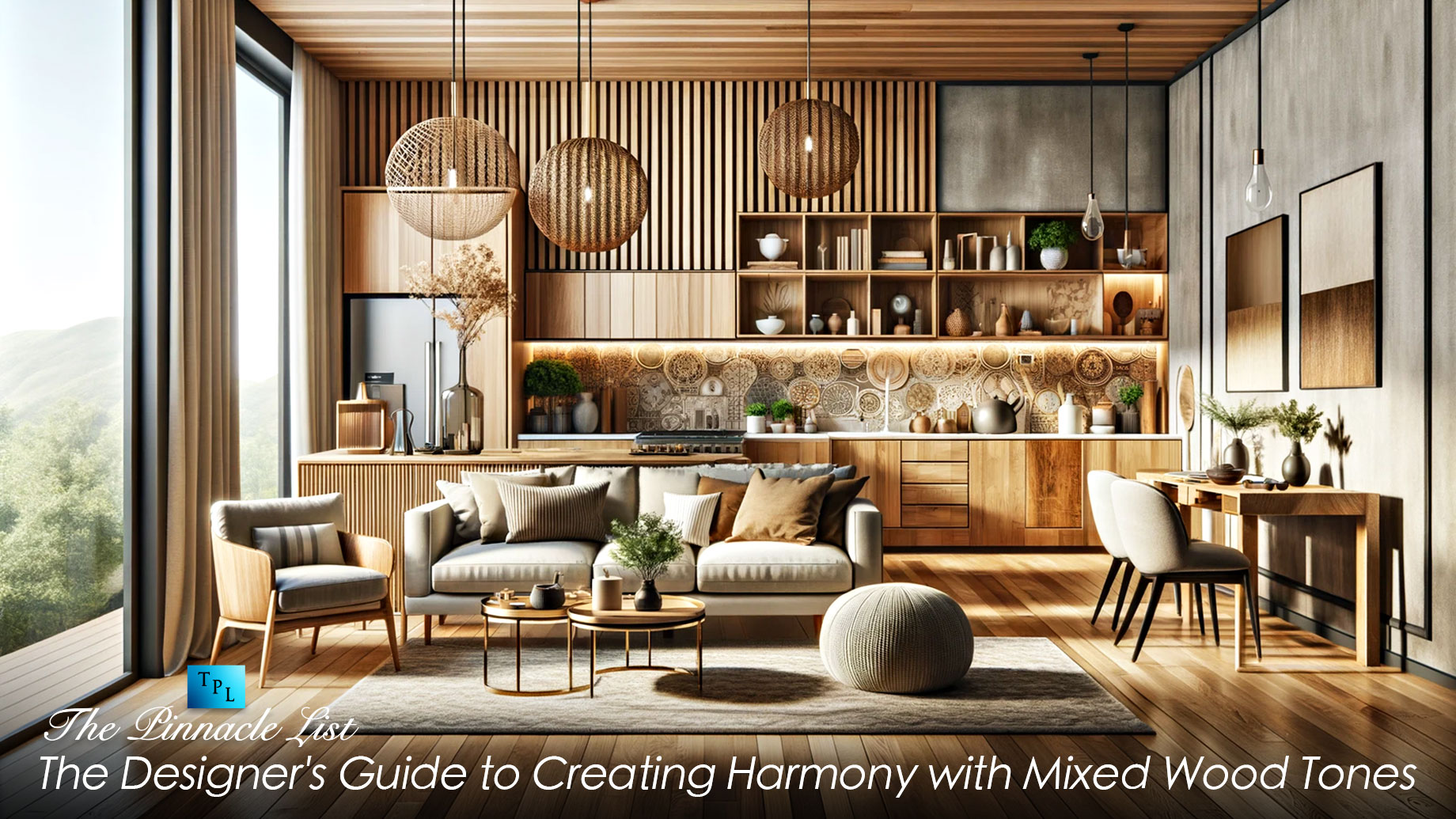
Blending different wood tones in the interior design can give a deeper character, warmth and depth. But one has to be very careful and exercise a skill for achieving a perfect balance with the mixed tones of the wood.
A know-how for putting together wood tones is the ultimate secret to elevating your home’s interior design, be it the living room, kitchen, or bedroom. And also see home decor furniture for versatile choices.
Here, we will delve into the basics of blending wood tones in your home using these techniques.
Understanding the Impact of Mixed Wood Tones on Design
Using several wood tones in a design may provide depth and visual interest. It produces a dynamic, more layered, and well-chosen appearance. By using this method, a room may avoid feeling too monochromatic or matchy-matchy. A space may look more eclectic and unique by mixing different furniture pieces, which is made possible by mixing wood tones.
How to Choose the Right Wood Tones
1. Understand Wood Grains and Finishes
The blending of different wood species and finishes begins with knowing the characteristics of the various wood types and finishes. Wood grains represent the natural patterns and textures apparent in wood like oak, walnut, cherry, or pine. Individual wood species have distinctive grain patterns, colors, and textures.
Also, focus on the end of the wooden piece, whether it is stained, painted, or left natural. Becoming aware of these differences will assist you in achieving a unified and visually pleasing wood-tone mixture in your space.
2. Start with a Dominant Wood Tone
First of all, you have to decide on the dominant wood tone, which is a solid base for your overall decor. This will be a focal point and the guiding tone for the room as a whole. Pick a wood tone that will complement your color scheme and best suit your personal style choice. For example, if you love a warm and cozy ambiance, you can utilize oak or maple as your standard wood color.
3. Establish Contrast and Variation
Choose the main wood tone and then add variation and contrast using secondary wood tones in your design. Contrast can be achieved by picking wood tones that are a bit darker or lighter than the main tone. For example, if oak is your key wood tone, incorporate pieces of walnut and cherry to add more interest and depth. Try out various combinations until you find that equilibrium that looks good all together.
4. Mix Different Wood Species
Don’t be scared to combine different types of wood to give your space individuality and personality. Utilize a variety of wood tones to bring out the room’s overall warmth and richness in texture and color. For a striking and multilayer design, use a range of wood types, contrast textures, and polished and rough finishes. Utilize the unique characteristics of the wood in your home to create a unique and eye-catching design.
5. Use Neutral Elements as a Unifying Factor
Invest in neutral pieces like wall paints, carpets, drapes, and upholstery to help your living area’s different wood tones coordinate together. Not only are these colors ideal for letting the natural tones of the wood jump out, but they also create an understated and comfortable ambient feel. A visually good effect may be produced by the combination of different wood tones and by using neutral items in the right places.
6. Remember the Proportions and Placement
While working on wood tones in a room, be careful with the size and shape of furniture and accessories. Paint the wood tones throughout the room to get a uniform and well-coordinated look. The effect of grouping the light or dark wood components in one area is the creation of an unbalanced image. Alternatively, use the sporadic wood tone to set this much-needed charm and harmony.
7. Test and Rely on Your Inner Voice
Wood tone blending is a very artistic process that requires reliance on gut feelings and intuitions. Before you even have the perfect arrangement, do not be afraid of moving, swapping accessories, or trying out other furniture arrangements. Rely on your instinct and choose timber shades that match your interior.
Final Words
For successful mixing of wood tones in interior design, paying attention to wood grains and finishes is a must. A dominant tone should be the first choice, and neutral colors can be used for the contrast and variation. Carefully consider proportions and positioning, and don’t be afraid of making mistakes. This is a symphony, a timeless beauty of wood, which makes people visually charming.